New Study Reveals Urgent Breast Cancer Survival Crisis in Sub-Saharan Africa
New data published in The Lancet Global Health 2025 shows devastating disparities in breast cancer survival across sub-Saharan Africa. These gaps are avoidable—and closing them could save thousands of lives.
Breast cancer is the leading cause of cancer mortality among women globally. A new study in The Lancet Global Health 2025 reflects dramatic disparities in breast cancer survival across sub-Saharan Africa. Without major improvements, deaths in the region are projected to rise sharply to 170,000 by 2050.
With surgical care as an essential treatment modality for breast cancer, strengthening surgical systems provides an anchor for the whole care system.
Key Recommendations
Scale up early detection through public awareness, screening, and diagnostic services, ensuring women have access to timely diagnosis.
Ensure equitable access to quality treatment, improving surgical, medical, and radiotherapy services and removing barriers of cost, travel, and infrastructure.
Strengthen follow-up care and survivorship services, including long-term monitoring, managing side-effects, and addressing high ongoing risk, years after diagnosis.
Meet WHO Global Breast Cancer Initiative (GBCI) targets, using these global targets as benchmarks for national policy and funding.
Invest in health-system capacity, including workforce, facilities, diagnostics, and supply chains - supporting rural and underserved populations.
A Turning Point for Action
The scale of inequity revealed by this study shows that incremental improvements won’t be enough. This is a moment to mobilise resources—local, regional, international—for targeted interventions and to strengthen surgical care systems which are so important in breast cancer care.
Read the study in The Lancet:
https://www.thelancet.com/journals/langlo/article/PIIS2214-109X(25)00273-6/fulltext
Keep engaged with us!
Donate to support our projects
Sign up with your email in the footer to receive updates
Keep reading
In Kenya, where maternal mortality rates remain alarmingly high, a new SURGfund project is transforming obstetric care for over 25,000 women each year. Read more


